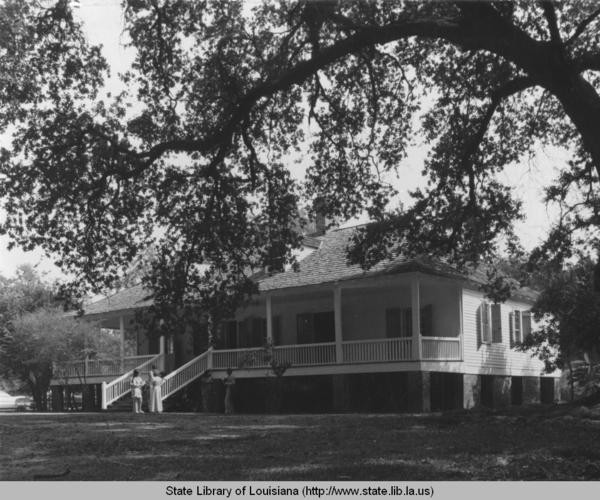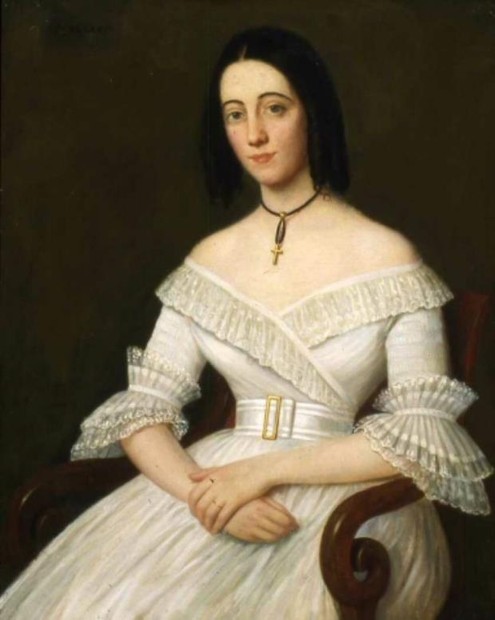The Murats in Louisiana
Introduction
Text-to-speech Audio
The plantation house was built in 1791 by John Joyce, an Irish immigrant. The house is a two-story, Creole-style structure with a hipped roof and a central hall plan. The house is surrounded by a grove of magnolia trees, which gives the plantation its name.
The plantation was originally a working farm, and it was home to a workforce of enslaved people. The plantation produced cotton, indigo, and sugarcane. The plantation was abandoned after the Civil War, and it was eventually purchased by the city of Baton Rouge in 1924.
The plantation house has been restored to its original condition, and it is now open to the public for tours. The house is furnished with period furniture, and it contains a number of exhibits on the history of the plantation and the enslaved people who lived there.
Magnolia Mound Plantation is a significant historical site, and it is a valuable resource for learning about the history of slavery in Louisiana. The plantation is a popular tourist destination, and it is a reminder of the rich history of Baton Rouge.
Images
Magnolia Mound in the 1970s

Portrait of a 35 year old Catherine Murat in New Orleans

Backstory and Context
Text-to-speech Audio
After spending a few years abroad, financed with mortgages on Lipona and its enslaved workers, Achille failed to reclaim his family’s fortune in Europe as he had hoped; they lost Lipona to Murat's partner, along with many enslaved people. A restless type who refused to give up, Achille decided to try again in Louisiana, moving Kate to a sugar plantation which is now known as Magnolia Mound, near Baton Rouge, and opening a law office in New Orleans. Purchased in 1837, the plantation’s biggest appeal was that it came fully functional, enslaved workers and all.
The Murats continued to entertain their fellow plantation owners, and Achille worked to get his law practice going in New Orleans. A frequent anecdote about Achille was used to describe how much he hated water, declaring it to be “for the beasts,” no matter its use. One day, during the sugar-making season, Achille fell into one of the vats of cooking syrup. Concerned for his safety, those around rushed to get him out, retrieving him quickly. His only complaint? A sad “Kate will make me wash.”
It only took a few years before Achille's lack of knowledge regarding the growth of sugar, paired with a financial panic, lost the Murats Magnolia Mound. Records show the sale contract made in 1837 was canceled in 1841, and a 1906 article quoted a writ filed against him claiming that $44,819.70 was owed to the owners of the plantation and Murat should be stopped if found leaving the state. He and Kate quietly made their way back to Florida.
When Lipona was lost, at least Patsy and Achille's valet William were spared from the mortgages. They had both gone to Europe with Kate and Achille during the early 1830s, and, again, details are non-existent. As house servants, they would have both been “lucky enough,” however, to avoid a destiny in the fields of sugar, which could be brutal and backbreaking.
Sources
Richard Keith Call. Article written about Colonel Achile Murat. 1875 Anecdote about Prince Murat by Ellen Call Long as relayed by Colonel Duval. 1875. State Archives of Florida, Florida Memory. <https://www.floridamemory.com/items/show/267530>, accessed 20 May 2023.
Hanna, A. J. A Prince In Their Midst: The Adventurous Life of Achille Murat on the American Frontier. Norman, OK: University of Oklahoma Press, 1946.
“Prince Murat in Dixie Grave.” The Weekly True Democrat. November 9, 1906.
https://louisianadigitallibrary.org/islandora/object/state-lhp%3A6428
https://collections.dar.org/mDetail.aspx?rID=80.21%20%20%20%20%20%20%20%20%20%20%20%20%20%20%20&db=objects&dir=DARCOLL&osearch=Catherine%2520Willis%2520Gray&list=res&rname=&rimage=&page=1
